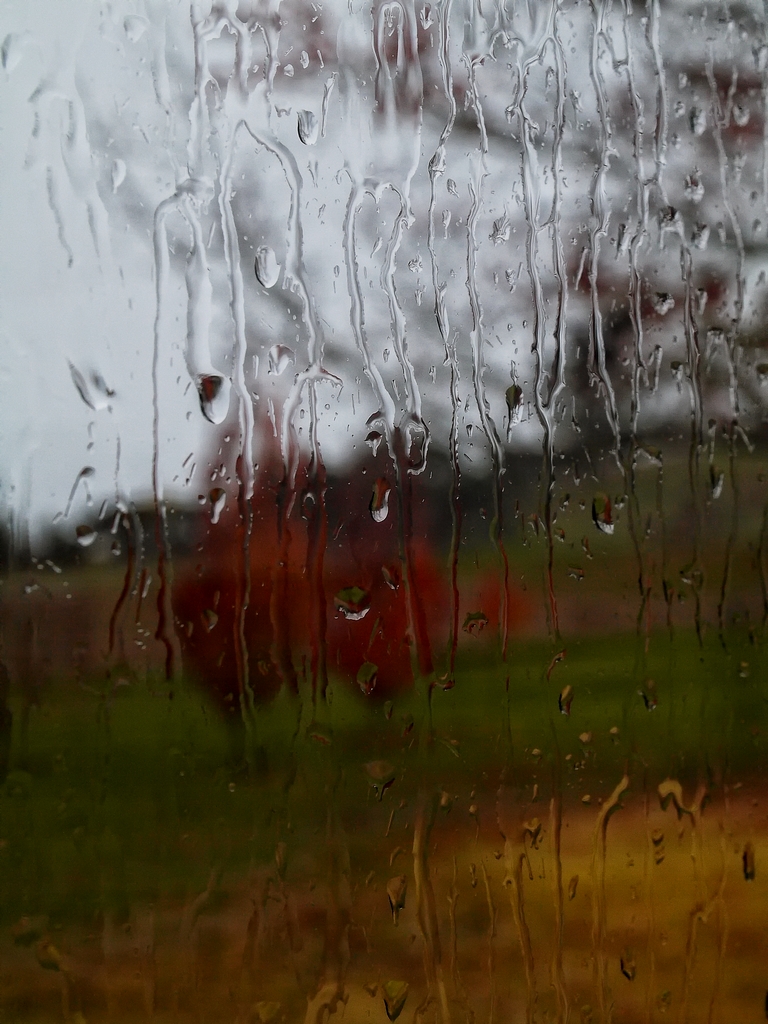charjohncarter
Veteran
I'm with you I really struggle at most times to get the contrast I want with overcast days. Like someone said minimize the sky, and see if you can include a mud puddle, preferably with reflection.
I often look at photos I've taken in the described conditions with disappointment ... flat and lacking real bite and a generally somber look. I start messing around with curves and contrast attempting to get it to look the way I want and generally give up when the reality hits me that ... 'Hey, this is the way it actually was and the camera never lies ... live with it!'
😀



W
Finally there are some ways of attending to the issue in post processing with newer tools...
Overcast is in my opinion the best light for people shots. I do as mentioned earlier and increase development times for black and white film.
Most of Cartier Bresson's photos that I know appear to have been shot in overcast conditions. They don't look gloomy to me; most probably a result of increased development times.
Just to keep things clear, we're talking about C41 vacation snapshots, no portraits and no b&w HCB emulation.
3. Choice of film. Now long gone but the switch from the slide film I was using at the time (Agfachrome) to Ektachrome 32 suited the northern hemisphere light much better. I presume the same may well hold true for C41 type films.





Bill, those all look fine to me. What more could you hope for?






